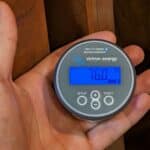
MENUMENU
TALK TO AN EXPERT
Special Hours: 7AM – 6PM PST
TALK TO AN EXPERT
Special Hours: 7AM – 6PM PST
Homeowners and businesses in the United States have access to a Federal Solar Tax Credit to incentivize the use of more renewable energy and to promote a sustainable future. This incentive program offers a tax credit on the costs of qualified clean energy property installations. Whether you’re a business looking to reduce your carbon footprint or a homeowner seeking to save on energy bills, there’s an environmental and financial incentive for everyone. We’ll look at how it works and how you or your business can benefit from the Federal Solar Tax Credit.
The Federal Solar Tax Credit is designed to incentivize property owners and businesses to make energy-saving upgrades to their electrical systems with specific types of renewable energy. Like other types of federal tax credits, those who qualify receive a “dollar-for-dollar reduction in the amount of income tax [they] would otherwise owe.” Specifically, as the Federal Solar Tax Credit, this only applies to specific types of solar renewable energy generation that include solar PV systems and CSP technology.
A solar PV system is composed of photovoltaic (PV) technology that uses “materials and devices to convert sunlight into electrical energy.” Individual PV cells are generally connected together in chains to form panels that boost their overall output. When one or more arrays of PV cells are “connected to the electrical grid, [they become] part of a complete PV system.” While PV arrays are a vital component, other items, such as “mounting structures that point panels toward the sun, and the components that take the direct-current (DC) electricity produced by modules and convert it to the alternating-current (AC) electricity,” are essential components of a PV system as well.
In addition to solar PV systems, the Federal Solar Tax Credit provides incentives for concentrating solar-thermal power (CSP) technology. “CSP technologies use mirrors to reflect and concentrate sunlight onto a receiver. The energy from the concentrated sunlight heats a high-temperature fluid in the receiver.” The heat that is produced, known as thermal energy, can be used to spin turbines or power engines that can generate electricity. While this is not a use-case for residential homeowners, many industrial applications, including “desalination, enhanced oil recovery, food processing, chemical production, and mineral processing,” utilize this technology.
The Federal Solar Tax Credit allows” businesses, nonprofits, and other entities that own solar facilities, including both photovoltaic (PV) and concentrating solar-thermal power (CSP) energy generation technologies” to receive federal investment and production tax credits.
Two different types of tax credits are available for businesses, local governments, and other entities looking to take advantage of this incentive. The investment tax credit (ITC) “reduces the federal income tax liability for a percentage of the cost of a solar system that is installed during the tax year,” whereas the production tax credit (PTC), “a per kilowatt-hour (kWh) tax credit for electricity generated by solar and other qualifying technologies for the first 10 years of a system’s operation. It reduces the federal income tax liability and is adjusted annually for inflation.”
For the majority of projects, businesses can only apply for an ITC or a PTC and not both. Depending on the size and scale of your project, choosing one tax credit over the other can have benefits. Overall, “the ITC is an upfront tax credit that does not vary by system performance, while the PTC can provide a more attractive cash flow, as the tax credits are earned over time.” A large-scale PV solar system located somewhere with extensive sun exposure would most benefit from the PTC. On the other hand, smaller-scale PV projects and CSP projects can utilize a low-income bonus from the ITC and reduce costs over time.
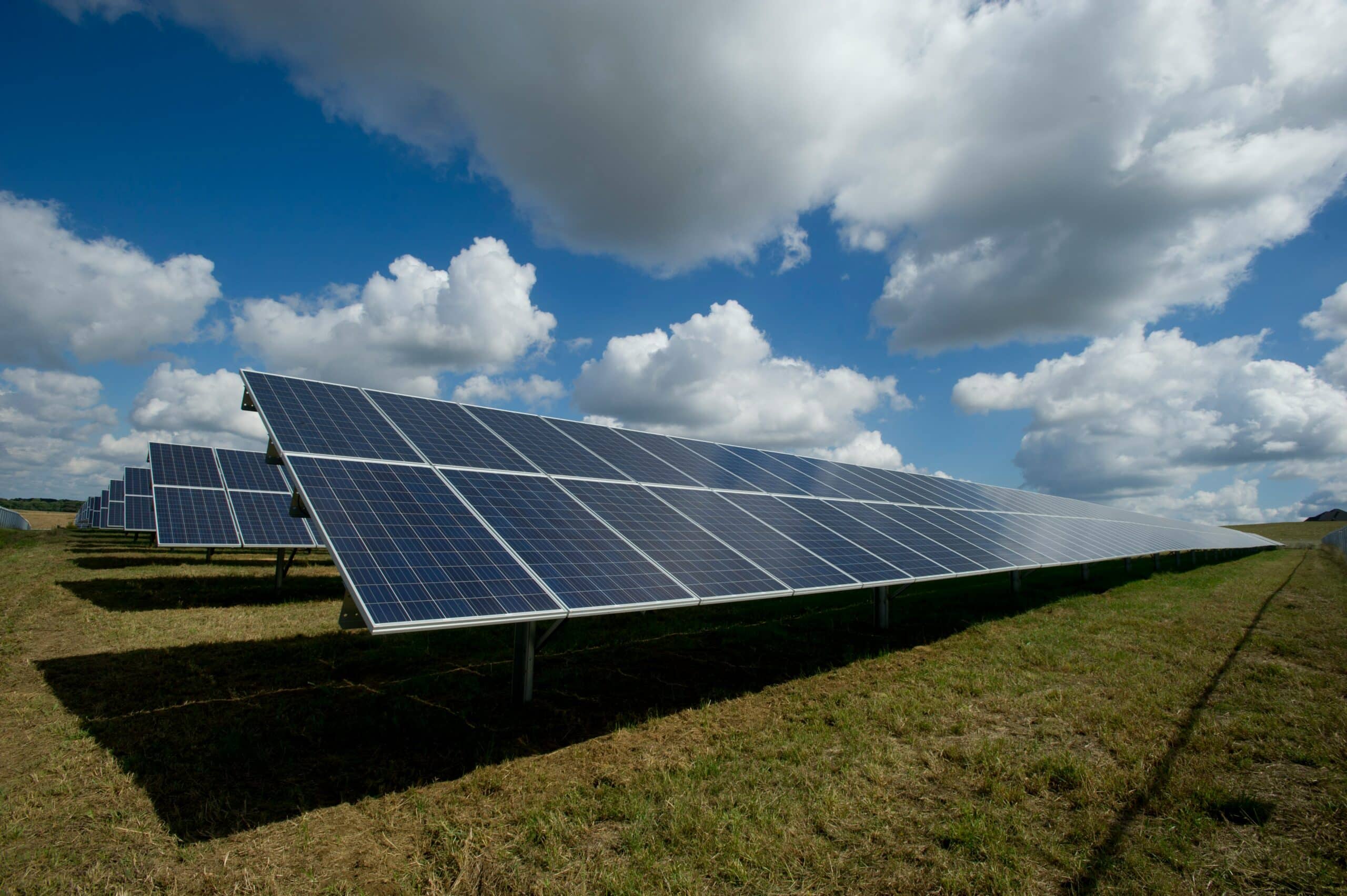
While the Production Tax Credit (PTC) is directly related to the amount of energy produced by the solar system after its use, the Investment Tax Credit (ITC) is a percentage of the expenses that went into creating the solar system. “To calculate the ITC, you multiply the applicable tax credit percentage by the ‘tax basis,’ or the amount spent on eligible property.”
Eligible property used for creating a solar system that is applicable to the Federal Solar Tax Credit for businesses includes:
A project must be located in the U.S. or one of its territories to be eligible for the Federal Solar Tax Credit for Businesses, and “no more than 20% of the eligible value of the solar system can be classified as used equipment.” The amount of tax credit you’re eligible for will be determined by the year the solar systems for the project were placed in service. This is technically quantified by the year in which “construction commenced.” While this can be a vague distinction, the IRS guidance suggests that a project has commenced construction if “at least 5% of final qualifying project costs are incurred that are ‘integral’ to generating electricity or “’Physical work of significant nature’ is commenced on the project site or on project equipment at the factory that is ‘integral’ to the project.” Additionally, it is required that once construction has commenced, there must be continuous progress toward completion or be “placed in service no later than four calendar years” after it began.
All eligible projects that commenced construction between 2006 and 2036 could qualify for some incentive based on the Federal Solar Tax Credit for businesses. The total rate of ITC credit is available for 30% of the solar system’s costs if the construction begins between 2006 and 2019 and between 2022 and 2033. A slight decrease to 26% of total costs is available for projects started in 2020 and 2021, as well as steadily decreasing percentages to phase out the incentive program from 2034 to 2036. While ITCs are available for older projects, in order to receive the PTC, the project must have commenced in 2022 or later. From 2022 to 2033, the system generates a PTC of $2.75 cents per kWh of electricity, and then the incentive will also decrease between 2034 and 2036. For both credit options, labor requirements issued by the treasury department and qualifications based on the size of the system can impact the amount the business receives. The U.S. Department of Energy has a table that explains changes in ITC and PTC values over time.
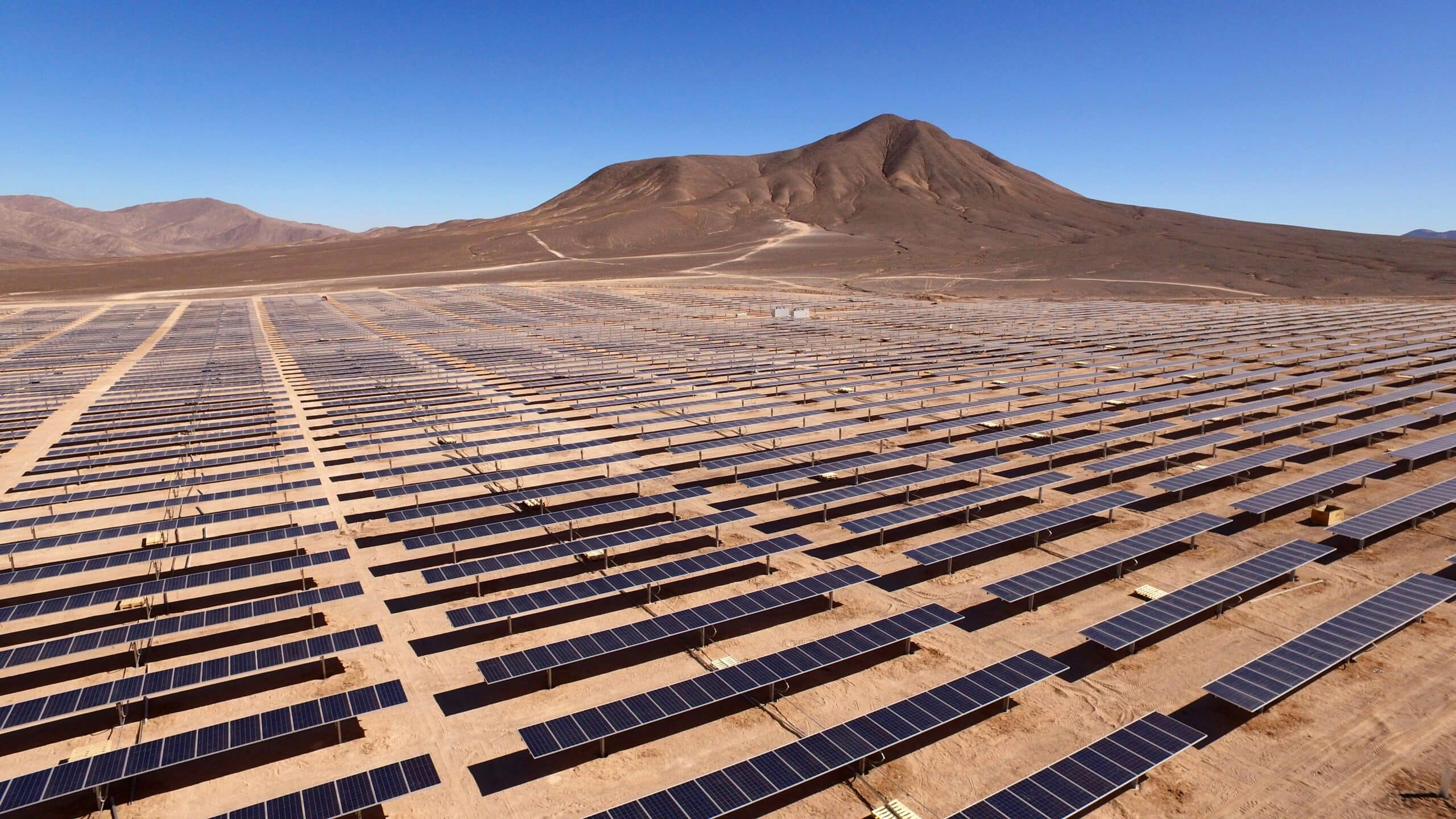
In addition to traditional businesses, “organizations that don’t pay federal taxes, like non-profits or local governments, can take advantage of the tax credits through either direct pay or a transfer of credit.” Direct pay allows these tax-exempt businesses to “receive a refund from the IRS for tax credits on projects placed in service after 2022.” In certain cases where tax-exempt grants and forgivable loans were used to finance the project, the “total direct pay credit amount cannot exceed the difference between the project cost and the tax-exempt funds that were granted specifically for this project.” If an organization determines that they are ineligible for direct pay, they can apply for a transfer of credit. A transfer of credit allows the organization to “sell all, or a portion, of the tax credits for a given year to an unrelated eligible taxpayer.” The IRS has specific guidance for eligibility and payout of direct pay and transfers of credit.
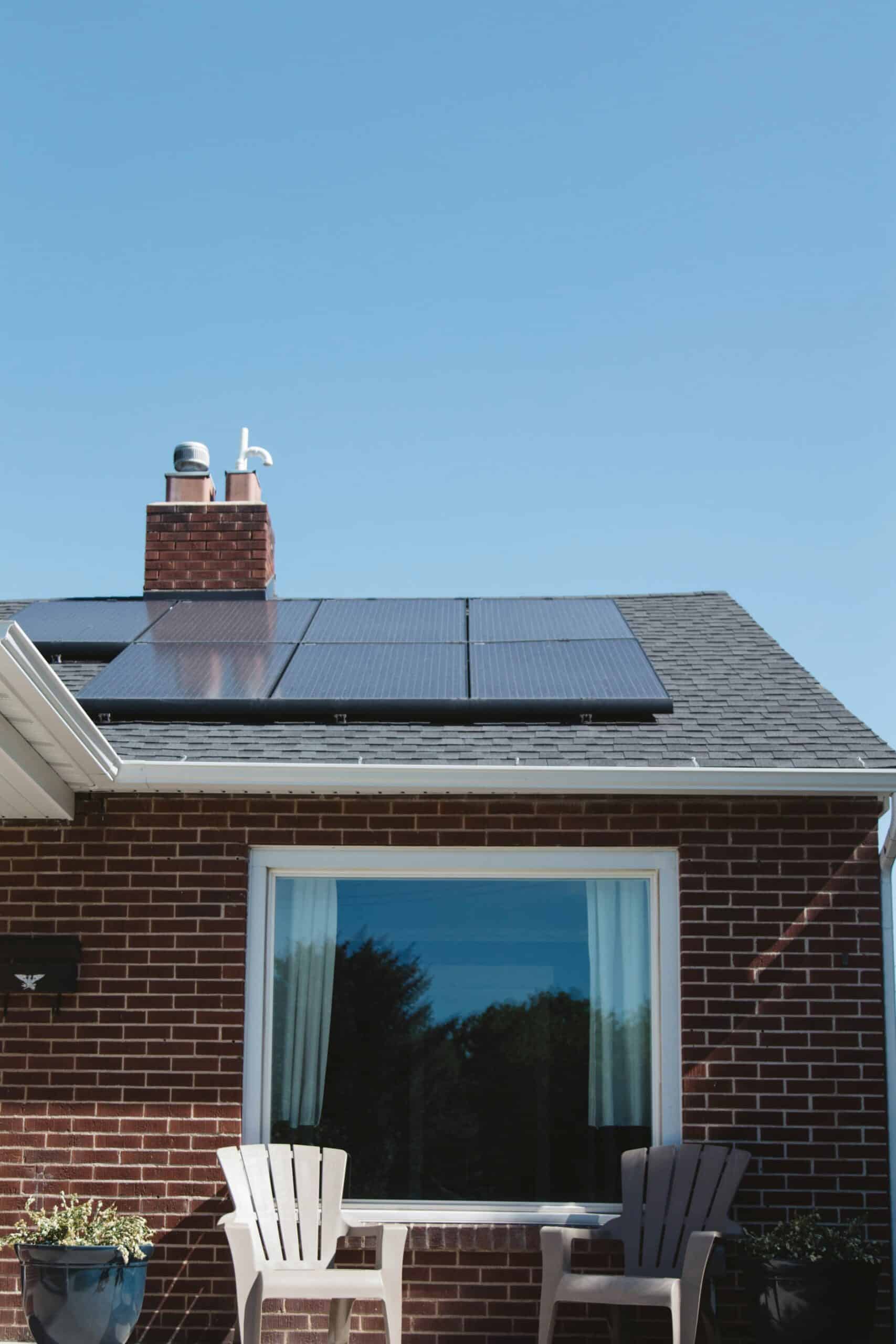
The “federal residential solar energy credit is a tax credit that can be claimed on federal income taxes for a percentage of the cost of a solar PV system paid for by the taxpayer.” In order to qualify, your home or property’s solar system must be completed in the tax year that you are claiming the credit. While those with a solar PV system installed in 2020 and 2021 are eligible for a 26% tax credit, “in August 2022, Congress passed an extension of the ITC, raising it to 30% for the installation of which was between 2022-2032. Additionally, solar PV systems installed “on or before December 31, 2019, [are] also eligible for a 30% tax credit.” Following 2032, home and property owners will receive a 26% credit for solar PV systems installed in 2033 and 22% for 2034 with the incentive expiring in 2035 unless it is renewed.
To be eligible to receive a Federal Residential Solar Tax Credit:
If you are eligible based on the criteria listed above, you can apply these expenses to your tax credit:
When navigating the Federal Residential Solar Tax Credit, you’ll find that fuel cell property has specific limitations, and if you use your home partially for business, the credit amount varies based on the percentage of your business use. Additionally, subsidies and rebates need to be factored in when calculating your qualified expenses.
Given the complexity of the evolving nature of renewable energy incentives, it’s crucial to communicate with a tax professional. Consulting a professional or electrician can help you accurately interpret the rules, make the most of eligible expenses, and navigate the credit landscape to your advantage. The Federal Tax Credit is a pathway for homeowners to embrace cleaner, more efficient energy solutions at a lower cost. Battle Born Batteries offers a range of compliant products to make your energy use greener and allows you to take advantage of tax incentives.

Battle Born Batteries are an excellent solution for energy storage, and the implementation of off-grid, residential grid-tie battery back-up, commercial grid tie battery back-up, peak shaving time-of-use, and load shifting systems to your property will qualify for the credit. With years of expertise, our team here at Battle Born Batteries can assist with your clean energy journey. Our technical sales team can answer any questions that you may have and help you get started. You can reach the team of experts by phone at (855)-292-2831 or via email by sending an email to [email protected]. We’ll ensure that you’re reaping the benefits while contributing to a sustainable future for all. By understanding The Federal Solar Tax Credit’s nuances, qualifications, and the types of eligible property, you can take significant steps toward reducing your environmental impact and benefiting from financial incentives.
Shop Best Sellers

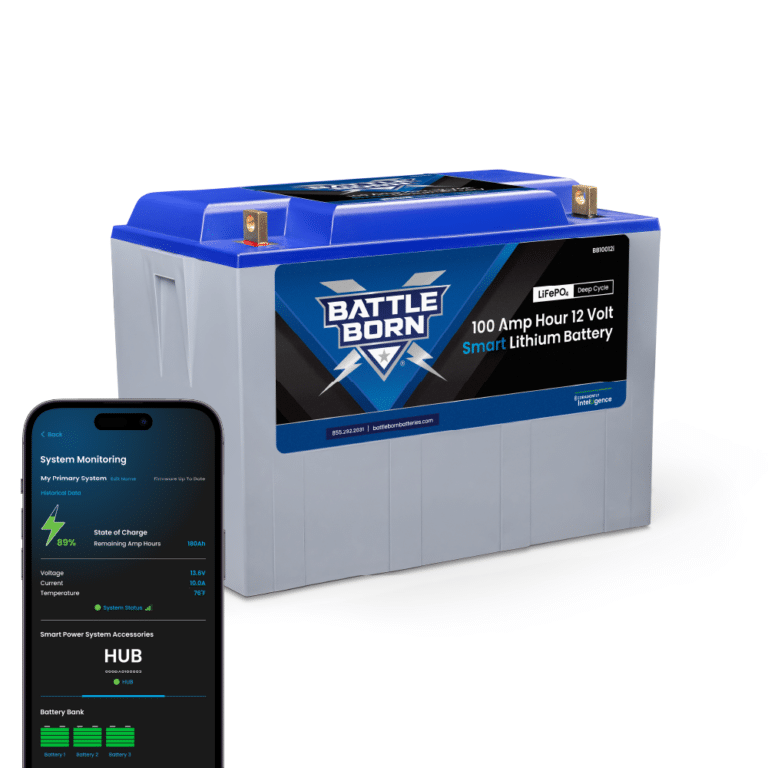

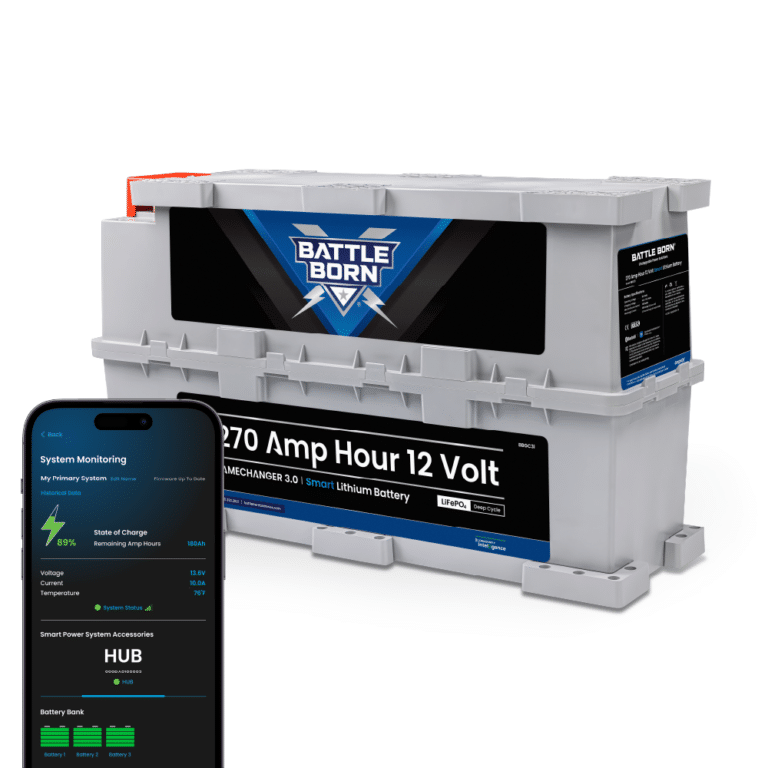




Ask a technical specialist now at 855.292.2831
Stay in the Know